Brakes India continues to focus on safety, efficiency, and sustainability. Their innovations are setting new benchmarks for uptime and total cost of ownership, writes Ashish Bhatia from his conversation with Sriram Viji, Managing Director, Brakes India.
Q. Over the years, Brakes India has been at the forefront of delivering breakthrough solutions across various segments. You’ve championed the use of sustainable materials and consistently offered higher performance and value to your customers. Let’s start there how are your customers receiving this enhanced value proposition?
A. We initiated a transformation journey a few years ago, focusing on product innovation and sustainability. I would say we’ve truly hit our stride. Even compared to two years ago, the portfolio we’re showcasing today has evolved significantly. At this year’s Bharat Mobility Global Expo – The Component Show, many customers were pleasantly surprised by the breadth of our offerings. We’ve introduced several customer-centric innovations that enhance their value proposition to end customers. The interest levels have been very encouraging, and it’s rewarding to see how we’re opening customers’ eyes to new possibilities.
Q. When it comes to braking systems, safety is paramount. You’ve spoken about stability in that area. What are some of the recent advancements you’re bringing to the table?
A. Absolutely safety is the foundation. We’ve achieved a high degree of stability over the years, and we’re very satisfied with where we stand on that front. Now, we’re enhancing braking systems with advanced add-on features. For example, we’ve introduced electric parking brakes (e-Park) across passenger cars, buses, and trucks. With just a push of a button, the vehicle is securely parked. Our hill-hold feature prevents rollback on slopes, making starts on inclines much smoother whether it’s a passenger car, light commercial vehicle, or bus. Many of these braking systems are now software- and mechatronically enabled, offering superior performance and ease of use.
Q. You’ve mentioned electric solutions for passenger cars. What innovations are you bringing to the commercial vehicle segment, particularly in pneumatic braking systems?
A. On the commercial vehicle side, we’re showcasing several new products in the pneumatic braking space. Brakes India now offers the entire pneumatic system from wheel-end braking to complete pneumatic setups. We’ve already launched these solutions with several major OEMs. In addition, we’ve introduced heavy-duty brake actuators designed for greater reliability in demanding conditions. Our condensate separator, for instance, reduces dust and oil contamination in mining and off-road applications, significantly cutting down servicing requirements by a factor of four.
Q. There is a lot of buzz around EVs. With the growing adoption of EVs, particularly in the 55-tonne and heavy-duty space, how is Brakes India addressing the demand for efficiency and uptime?
A. At the higher end, we’re showcasing two key solutions. First is our air disc brake system, which is ideal for heavy intercity buses and trucks where uptime is critical. The service intervals for these vehicles have been significantly extended. Secondly, we’re demonstrating our electromagnetic retarder, which is mounted on the vehicle’s propeller shaft. This innovation dramatically reduces brake wear and extends service intervals. For example, where vehicles previously required brake service every 100,000 kilometres, our solution extends it to 500,000 kilometres. This represents a substantial saving in terms of the Total Cost Of Ownership (TCO) for fleet operators.
“Where vehicles previously required brake service every 100,000 kilometres, our solution extends it to 500,000 kilometres. This represents a substantial saving in terms of the Total Cost Of Ownership (TCO) for fleet operators.”
Q. That’s impressive. With so much happening at the heavy end, how is Brakes India addressing the needs of Lighter Commercial Vehicles (LCVs) and trailers?
A. In the trailer segment, we see a noticeable shift in India with the growing adoption of tractor-trailers. This was a relatively small market five to eight years ago, but it has gained significant momentum. To cater to this segment, we’ve introduced trailer-specific solutions, including palm couplings and trailer-actuated braking systems.
At the lighter end, our recent joint venture with ADVICS is helping us deliver advanced solutions. For LCVs, we’re offering hydraulic braking systems similar to those in passenger cars and large SUVs. Additionally, we’re integrating electrification into this space with motor-on-actuator solutions. These enable regenerative braking and gradual brake blending, enhancing efficiency and performance in EVs.
Q. Looking ahead, what are your financial projections for the upcoming quarters and fiscal year?
A. Last year, Brakes India closed with a revenue of approximately Rs. 7,500 crores. This year, we expect a relatively flat market. The commercial vehicle segment has softened, while passenger cars are performing well. Exports have been challenging, especially in the European market. We anticipate a slight improvement next quarter but expect the overall year to remain steady. However, we are optimistic about 2025–2026, when we foresee steady growth driven by the broader Indian growth story and the gradual recovery of the commercial vehicle market.
That sounds promising. Thank you for sharing these valuable insights. Brakes India is playing a pivotal role in driving innovation and shaping the future of braking technology. ACI
“Where vehicles previously required brake service every 100,000 kilometres, our solution extends it to 500,000 kilometres. This represents a substantial saving in terms of the Total Cost Of Ownership (TCO) for fleet operators.”
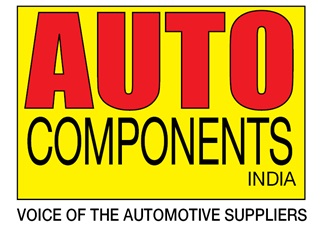






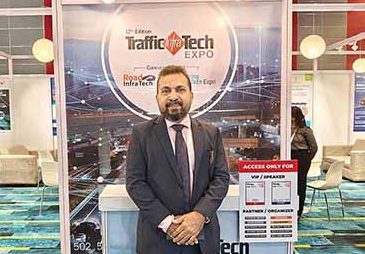

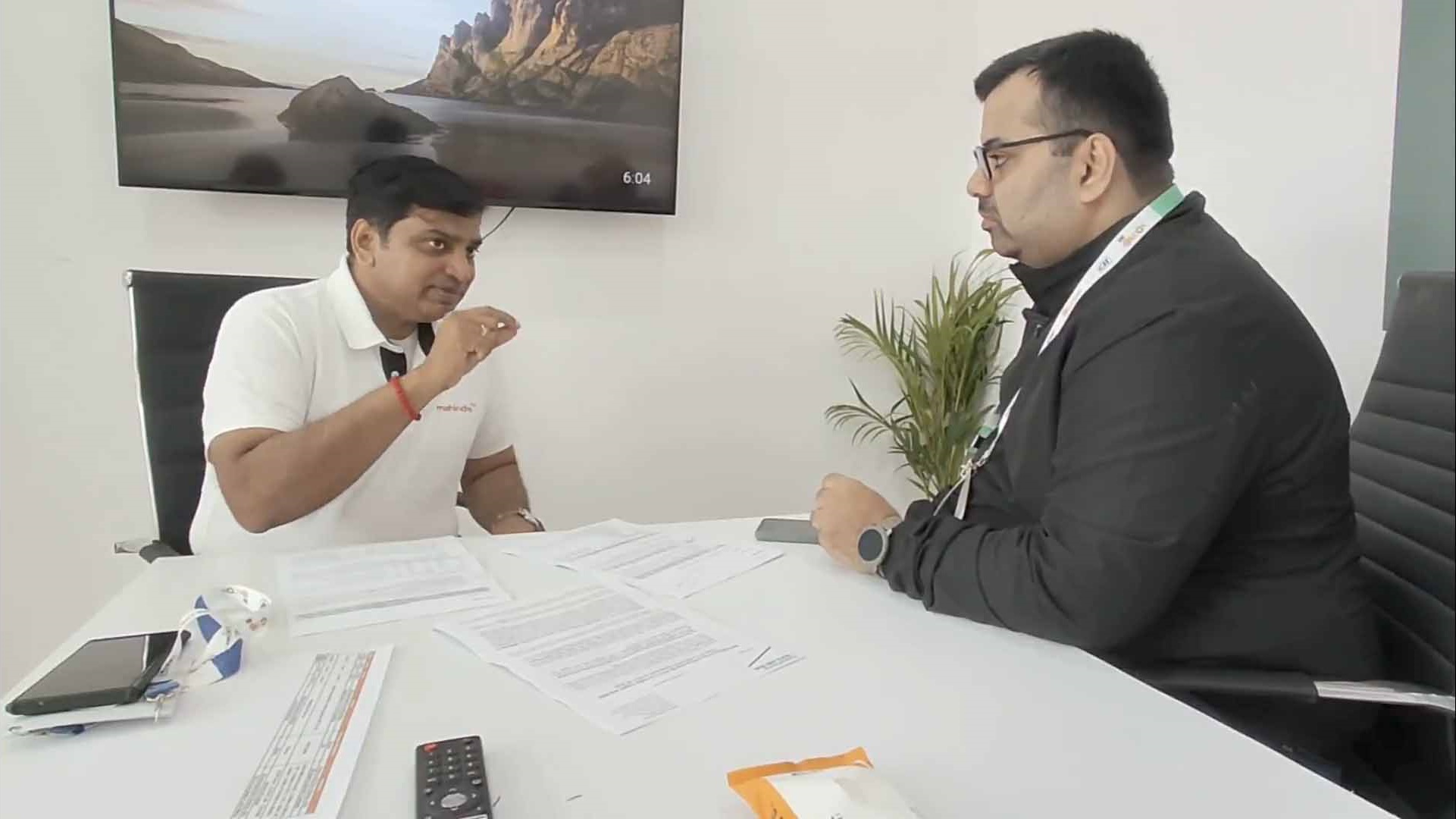

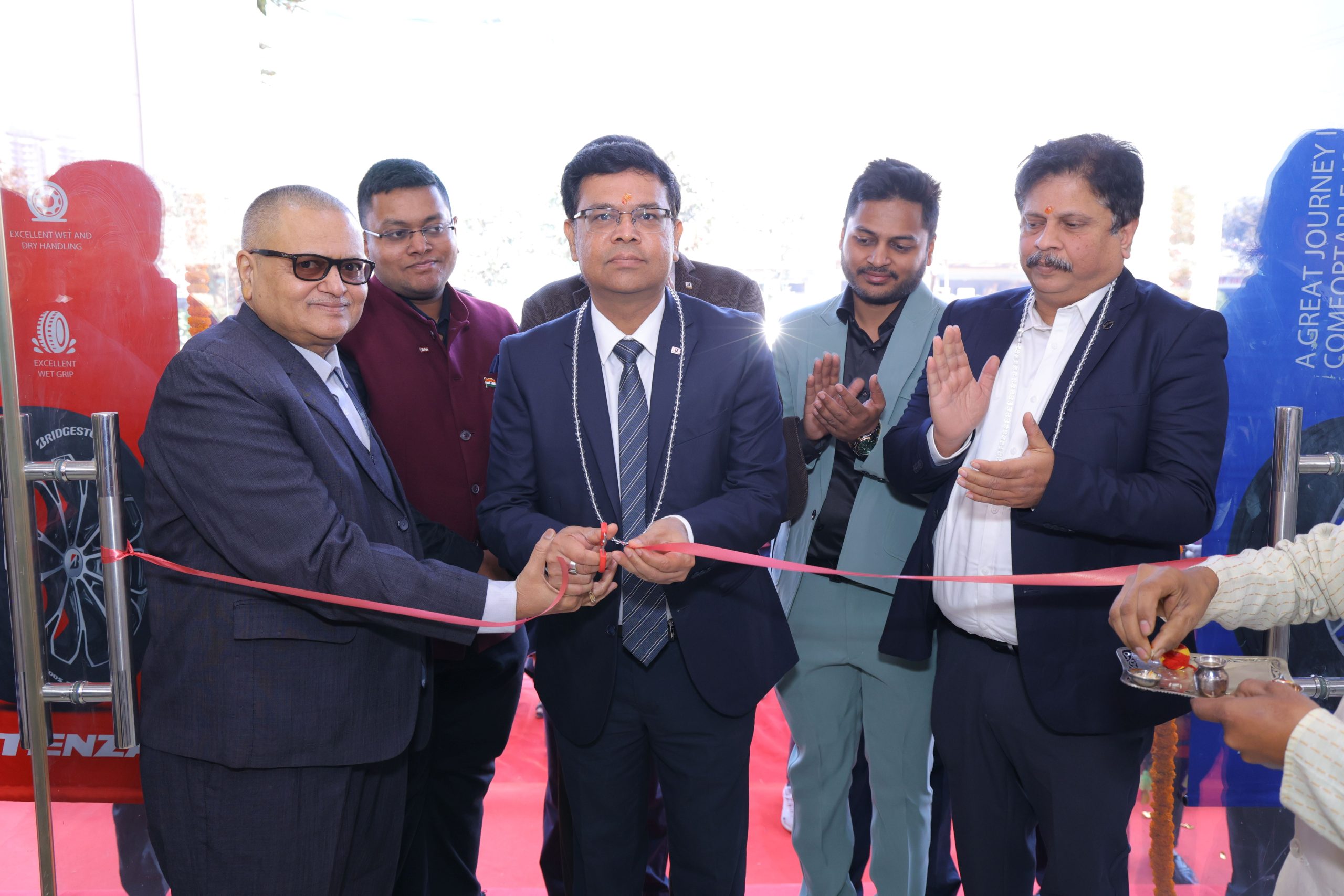
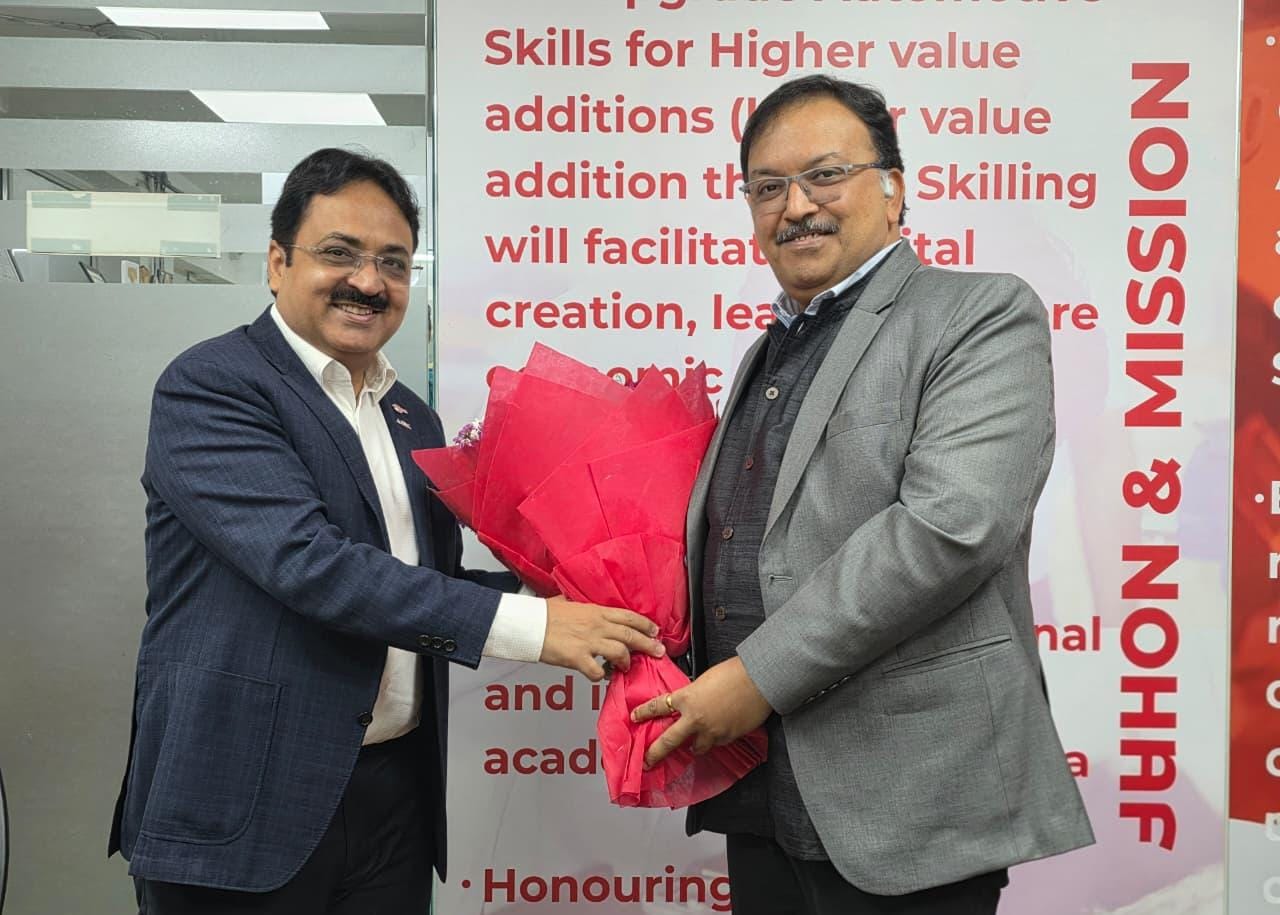
Leave a Reply